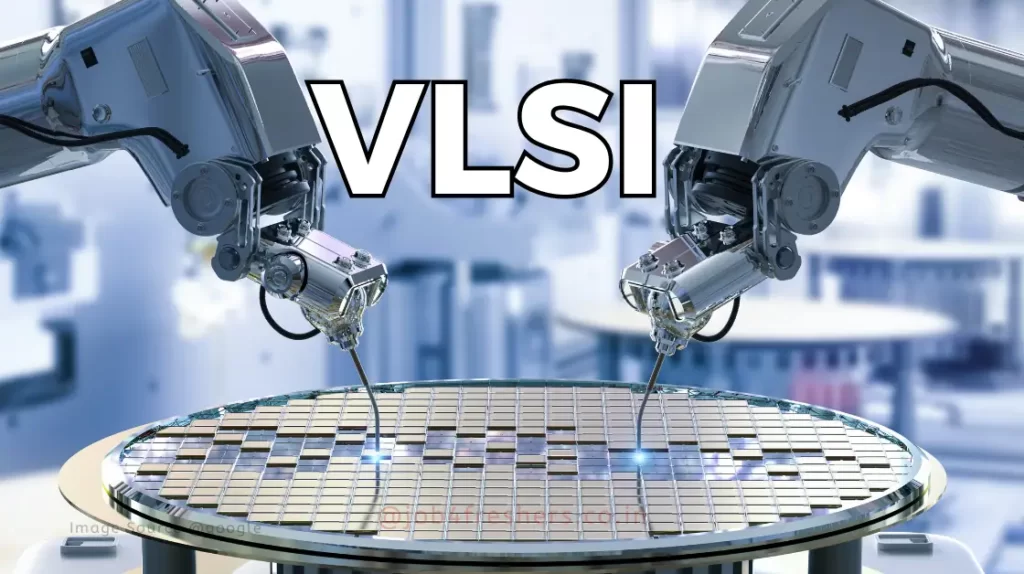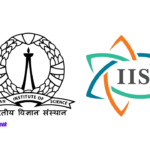In the world of electronic systems, two prominent terms often come up: embedded and VLSI (Very Large Scale Integration). These terms represent different aspects of electronic design and have their own unique applications. Understanding the difference between embedded and VLSI is crucial for anyone involved in the field of electronics. This article aims to provide a comprehensive comparison of embedded systems and VLSI, exploring their characteristics, applications, and key differences.
Embedded Systems: An Overview

Embedded systems refer to computer systems designed to perform specific functions within larger mechanical or electrical systems. These systems are designed to operate with limited resources, combining hardware and software components to execute tasks efficiently. Embedded systems are omnipresent in today’s world, found in various applications such as consumer electronics, automotive systems, medical devices, industrial control systems, and more.
Characteristics of Embedded Systems
- Real-Time Operation: Embedded systems often require real-time operation, meaning they must respond to events and inputs within strict time constraints.
- Resource Constraints: Embedded systems typically have limited resources in terms of memory, processing power, and energy consumption.
- Dedicated Functions: These systems are designed to perform specific tasks and functions, tailored to the requirements of the overall system they are embedded in.
- Hardware-Software Integration: Embedded systems involve close integration between hardware and software components to achieve efficient operation.
Applications of Embedded Systems
- Consumer Electronics: Embedded systems power a wide range of consumer electronics, including smartphones, tablets, smartwatches, home appliances, and entertainment devices.
- Automotive Systems: Embedded systems are crucial in modern vehicles, controlling various functions such as engine management, infotainment systems, advanced driver-assistance systems (ADAS), and more.
- Medical Devices: Embedded systems play a vital role in medical devices like pacemakers, insulin pumps, digital thermometers, and other monitoring and diagnostic equipment.
- Industrial Control Systems: Embedded systems are extensively used in industrial automation, controlling processes, machinery, and robotics in manufacturing plants and factories.
VLSI: A Deep Dive into Very Large Scale Integration

VLSI stands for Very Large Scale Integration, a technology that involves integrating thousands or even millions of electronic components on a single chip. VLSI allows for high levels of miniaturization and increased performance, leading to the development of powerful and complex electronic systems.
Characteristics of VLSI
- High Integration Density: VLSI technology enables packing a large number of components, such as transistors, resistors, capacitors, and interconnects, onto a single chip.
- Miniaturization: VLSI facilitates the creation of tiny electronic devices and systems due to its high integration density.
- Increased Performance: VLSI allows for faster and more efficient electronic systems, thanks to the close proximity of components and reduced interconnection distances.
- Complex Functionality: VLSI enables the implementation of complex functionalities on a single chip, leading to advanced computational capabilities.
Applications of VLSI
- Microprocessors and CPUs: VLSI technology is instrumental in the development of microprocessors and central processing units (CPUs) found in computers, smartphones, and other computing devices.
- Memory Devices: VLSI enables the creation of memory devices like random-access memory (RAM), read-only memory (ROM), and flash memory, used in various electronic systems.
- Digital Signal Processors (DSP): VLSI plays a crucial role in the development of DSP chips, which are used in applications like audio and video processing, telecommunications, and image recognition.
- Application-Specific Integrated Circuits (ASICs): VLSI is extensively used to create ASICs, which are customized integrated circuits designed for specific applications, such as network routers, automotive electronics, and aerospace systems.
Embedded systems and VLSI are fundamental components of the modern electronic landscape. While embedded systems focus on the integration of computer systems within larger mechanical or electrical systems, VLSI technology enables the integration of a vast number of components on a single chip. Understanding the characteristics, applications, and differences between embedded systems and VLSI is essential for professionals in the field of electronics. As technology advances, both embedded systems and VLSI will continue to shape the future of electronics, offering innovative solutions and pushing the boundaries of what is possible.
FAQs about Embedded VS VLSI
1. What is the main difference between embedded systems and VLSI?
Embedded systems refer to computer systems designed to perform specific functions within larger systems, while VLSI is a technology that enables the integration of a large number of electronic components on a single chip.
2. Are embedded systems and VLSI mutually exclusive?
No, embedded systems and VLSI are not mutually exclusive. Embedded systems can be built using VLSI technology, allowing for the development of powerful and compact devices with advanced functionalities.
3. Can VLSI be used without embedded systems?
Yes, VLSI technology can be used independently of embedded systems. It is widely employed in various electronic applications, including microprocessors, memory devices, and specialized integrated circuits.
4. Which field offers more design complexity: embedded systems or VLSI?
Both embedded systems and VLSI can involve significant design complexity. Embedded systems require careful consideration of the hardware-software integration, while VLSI entails intricate layout and circuit design for high-density integration.
5. Are there any overlaps between the applications of embedded systems and VLSI?
Yes, there can be overlaps between the applications of embedded systems and VLSI. For example, both embedded systems and VLSI play crucial roles in the development of consumer electronics, automotive systems, and industrial control systems.
6. What is the future outlook for embedded systems and VLSI?
Both embedded systems and VLSI are expected to continue evolving and advancing. As technology progresses, embedded systems will become more interconnected, intelligent, and capable, while VLSI will enable even greater levels of integration and performance in electronic systems.








